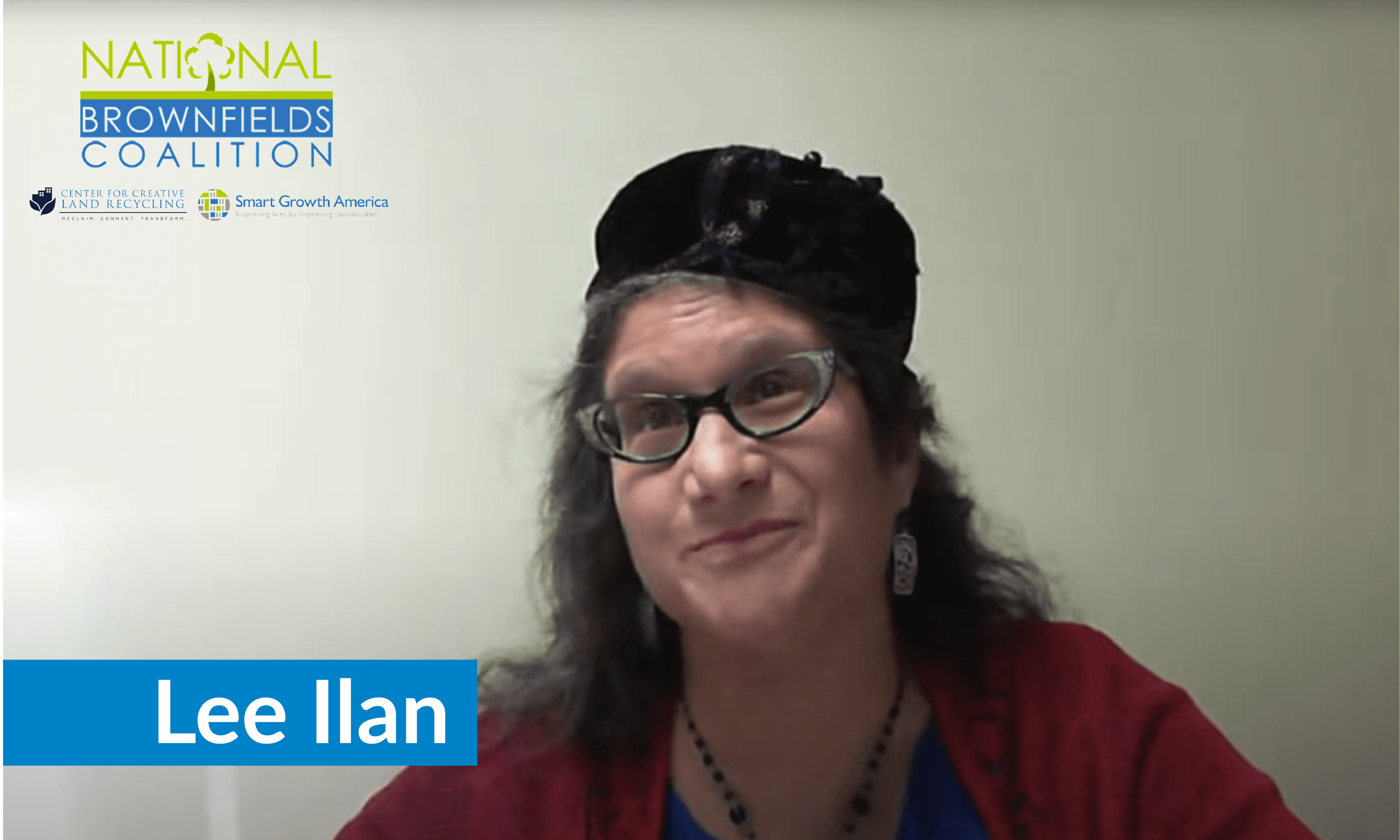
News
By Jared Klukas, February 25, 2022
On Tuesday, February 15th, NBC Steering Committee member Lee Ilan represented the National Brownfields Coalition during the virtual ‘Back from the Brink: Restoring Brownfield Sites to Economic Engines’ hearing alongside four other witnesses and brownfields advocates from across the country. Witnesses praised the additional funding in the Bipartisan Infrastructure Law (BIL), discussed the connection between environmental justice and brownfield redevelopment, addressed concerns of gentrification and housing displacement related to redevelopment, and provided insight on other issues related to federal brownfield policy.
Watch the whole hearing here.
Mr. Paul Tomko, Chairman of the Subcommittee on Environment and Climate Change, opened the hearing by introducing EPA’s Brownfield Program and its impact on the economies and communities it helped to revitalize, noting how “Brownfields Program has been a critical lifeline for local governments and communities looking to turn contaminated sites into economic centers.” Rep. David B. McKinley (R-WV), Ranking Member of the Subcommittee, described how in his personal experience in West Virginia, the program helped transform his district, decreasing unemployment by over 10% and creating over 50,000 new jobs. After the introduction, each of the witnesses –representing the Coalition, the U.S. Conference of Mayors and the National League of Cities, National Association of Counties, Association of State and Territorial Solid Waste Management Officials (ASTSWMO), Frontier Group of Companies– provided testimony based on their experience with brownfield remediation work in their communities.
“Each site helps tell the story of that community’s economic past. Today, we need to examine how we can make these sites part of our districts’ economic futures.”
- Rep. David B. McKinley (R-WV)
During her testimony on behalf of the Coalition, Ms. Ilan emphasized the value of community engagement and targeted investment in gentrifying areas to avoid displacement. Building from her experience as Chief of Planning for the NYC Mayor’s Office of Environmental Remediation, she voiced support for critical policies like renewal of the Federal Brownfield Tax Deduction Program and expansion of Brownfield Job Training Grants.
In light of recent hurricanes, flooding, and other natural disasters that have disproportionately affected lower-income neighborhoods and communities of color in NYC, Ms. Ilan stressed that increased funding from the Infrastructure Law would also promote climate resilience in communities that need it the most. She also applauded Congress’ decision to remove the 20% cost share requirements for cleanup grants in the law, which greatly expands opportunities to small and disadvantaged communities.
“When we clean up and recycle land, we not only eliminate exposure to contaminants, but the jobs, new businesses, housing, parks, and cultural and social centers that we create are truly an economic engine for our communities.”
- Lee Ilan
Even though these investments have proven to be catalytic for communities of all types, sizes, and geographic regions, the EPA Brownfield program has historically been underfunded. EPA has been able to make awards for only a third of the grants requested, even if the proposals get high scores.
Witnesses and Representatives alike indicated that funding continuity and increased technical assistance and guidance are the highest priorities moving forward for brownfield redevelopment projects. Current barriers include the lack of in-house knowledge, expertise, and capacity for handling remediation projects, which exist in rural communities and discourage local leaders and community members from embarking on clean up projects. The 50 additional EPA Job Training Grants contained in the BIL will provide economic momentum to communities suffering from environmental injustice and disinvestment. The panel also recommended that allowing grant recipients to dedicate 5% of funding to address administrative costs will increase bandwidth and capability in local community planning boards, enabling them to tackle clean-up projects with more refined technical advice by working with brownfield remediation experts.
“... cleanup and reuse of brownfields is a long-term effort that lasts longer than the life of one real estate project. Different funding at different stages of community revitalization shows that up-front planning pays off as communities explore, choose, and implement viable reuse options.”
- Lee Ilan
The conversations arising from the hearing reiterated the connections between rural and urban communities and highlighted that, although they may differ in density, capacity, and economies, all can benefit from the expanded EPA funding of brownfield redevelopment grants. The EPA’s Brownfields Program’s reliable funding and consistency help local and tribal governments, states, and nonprofits engage in long-term reuse planning, consult with stakeholders, study and address brownfields, and line up private and public sector partners. The program also enables economic development, improves the environment, preserves greenfields, protects public health, encourages planning for reuse, and gives community members a voice in what their neighborhoods look like.
The National Brownfield Coalition is thrilled to see the level of investment in brownfields in the BIL and is eager to see this funding applied to complete much-needed assessments and remediation of contaminated sites and support equitable outcomes for communities nationwide.

Learn more about the National Brownfields Coalition
Related News

© 2025 Smart Growth America. All rights reserved
Site By3Lane Marketing












